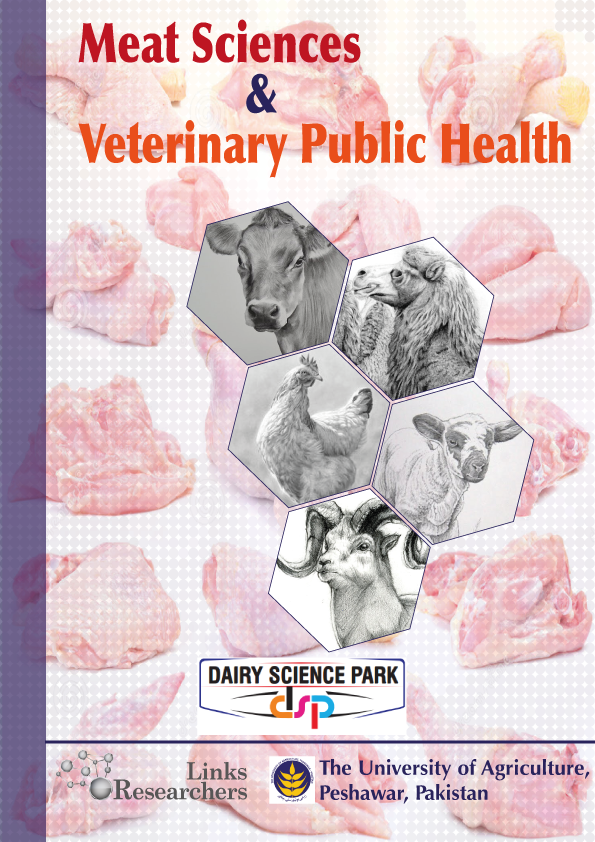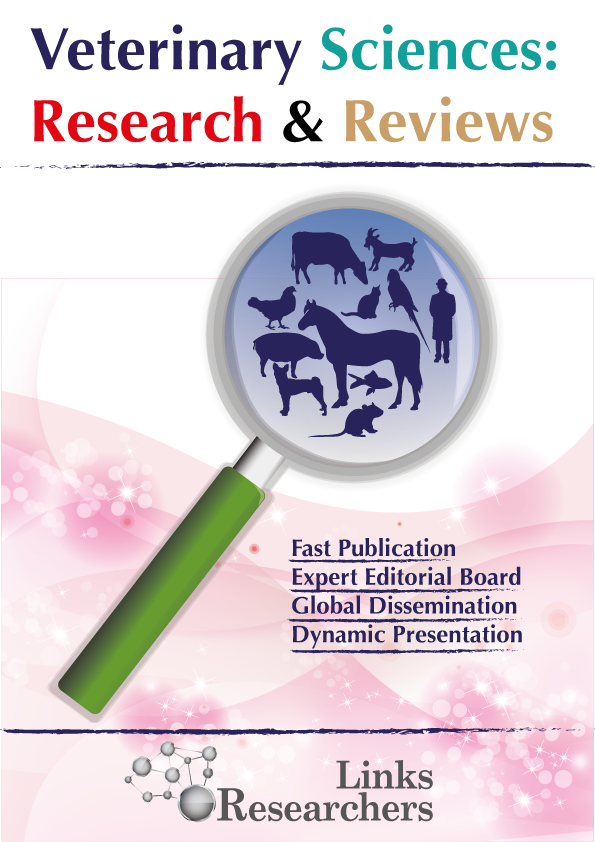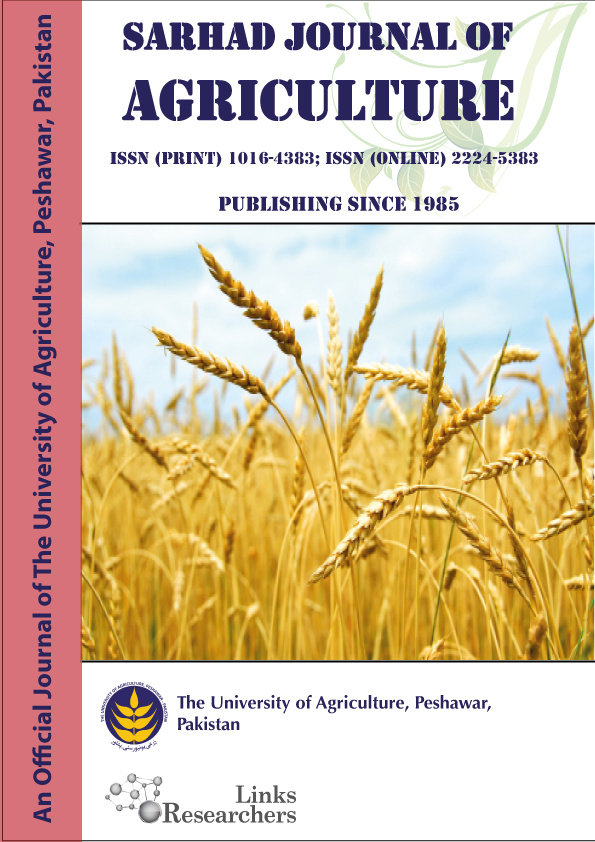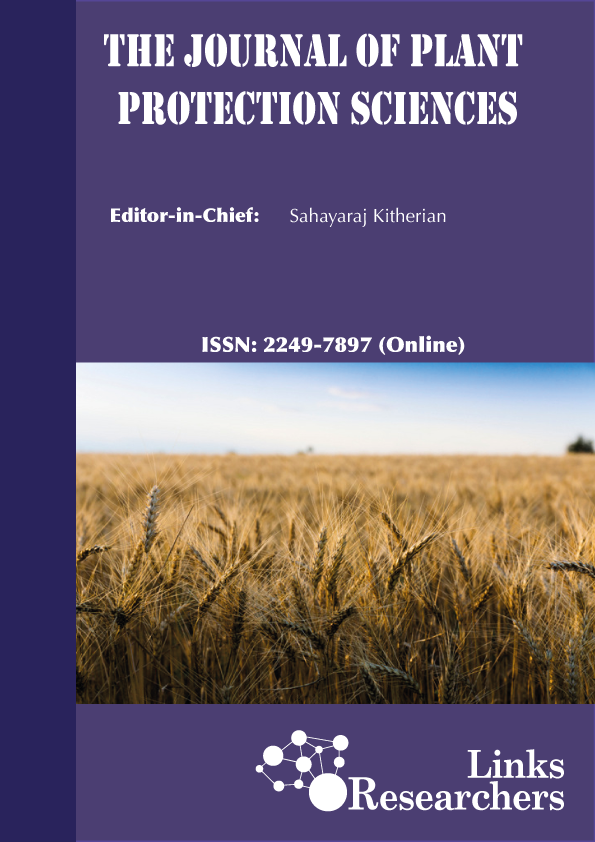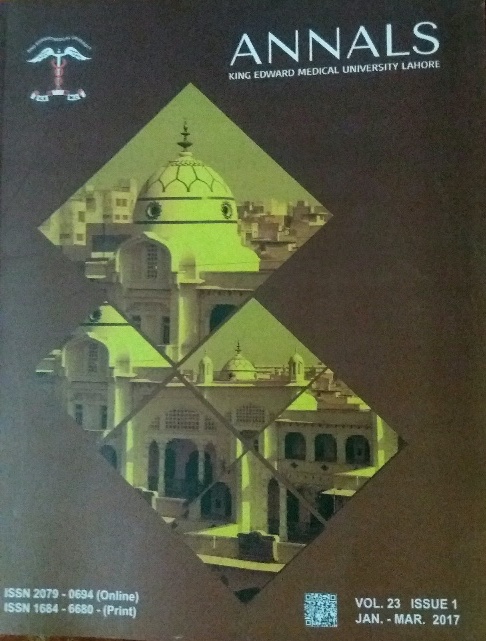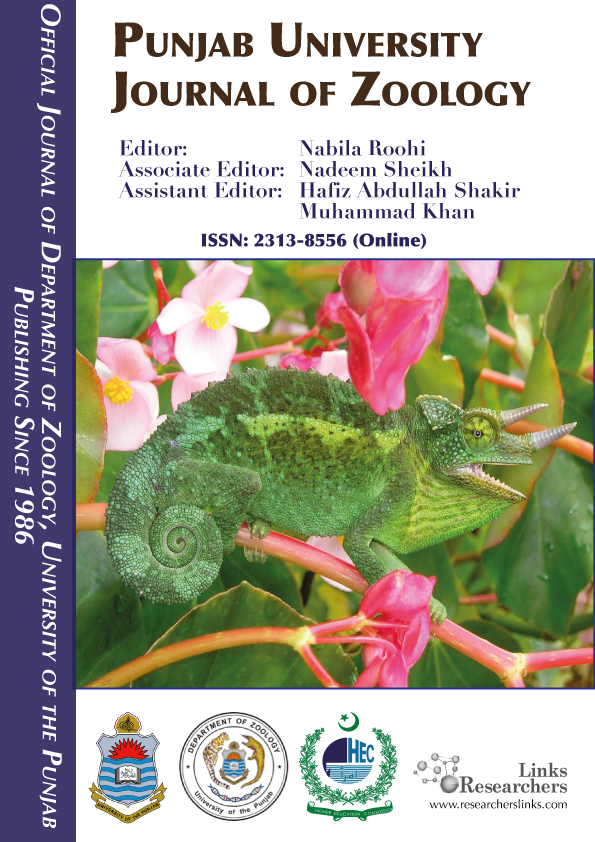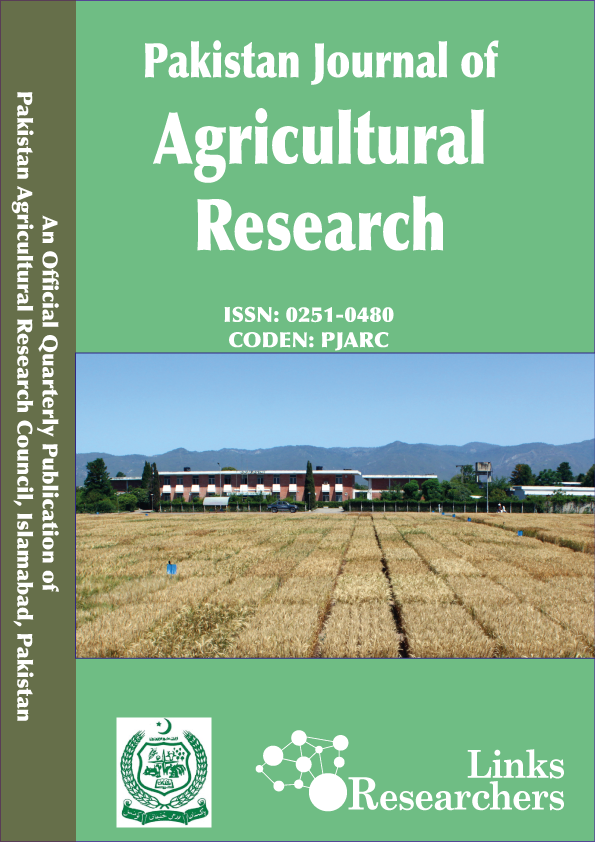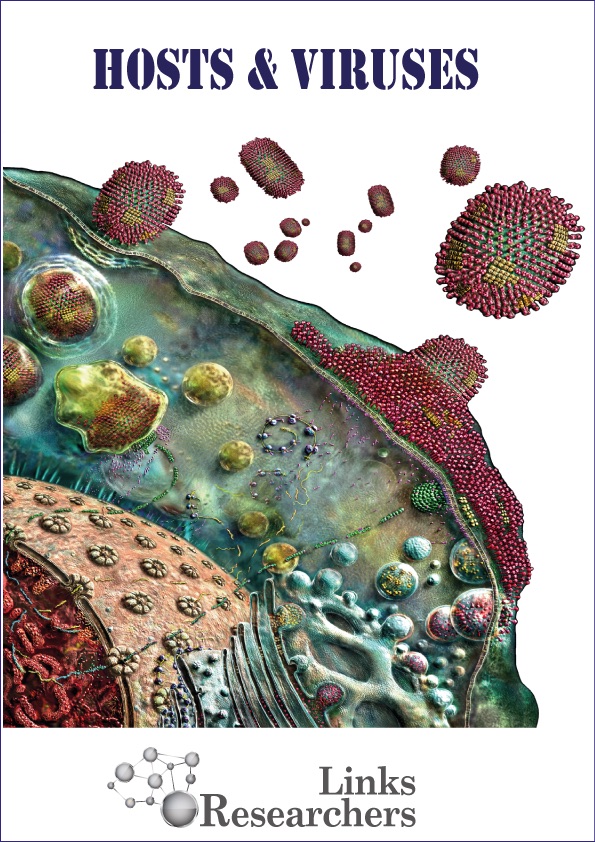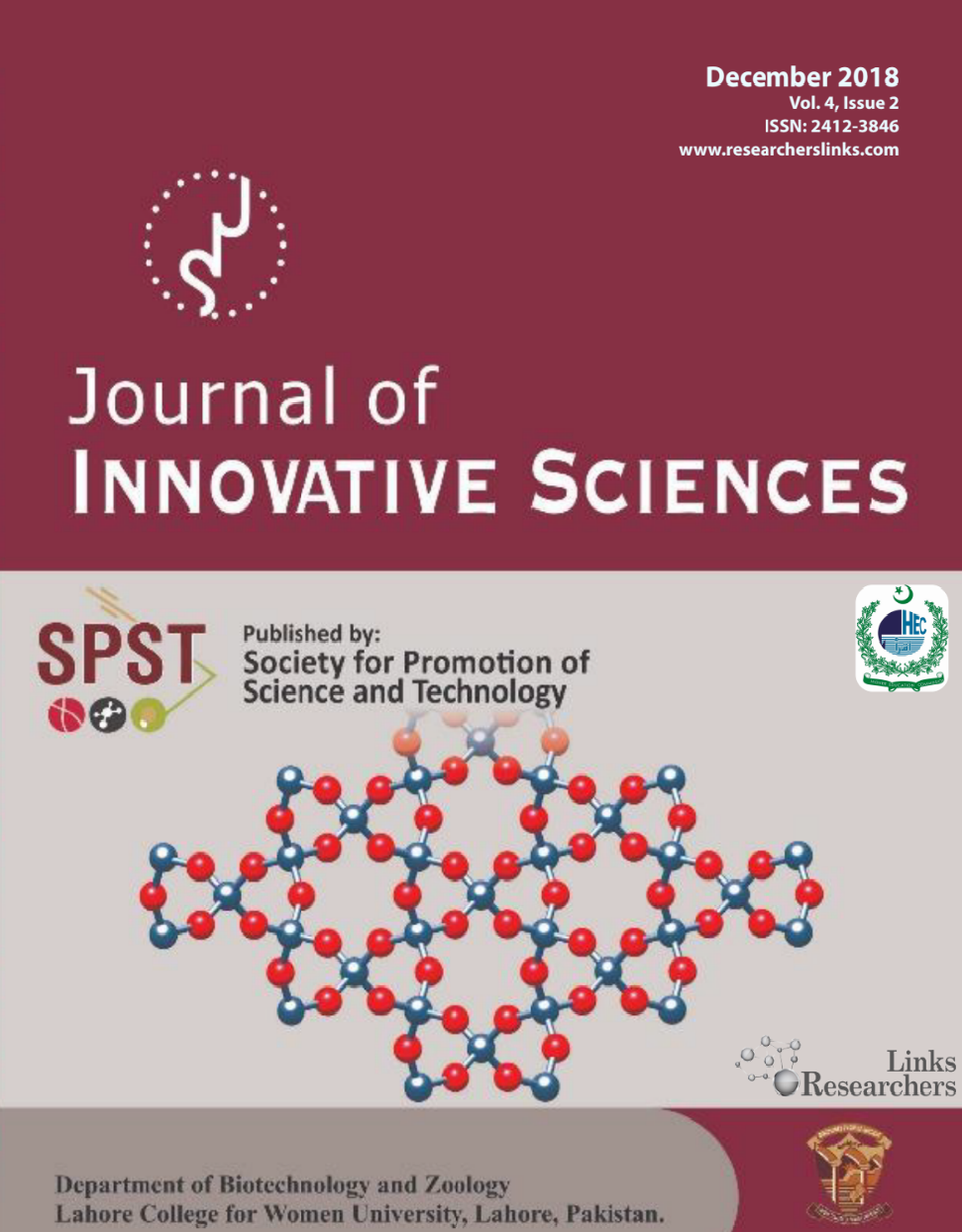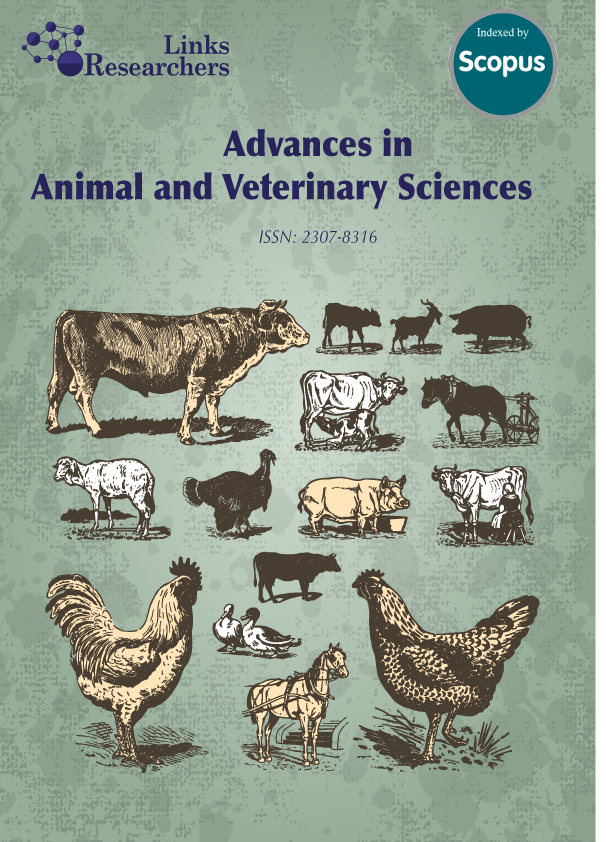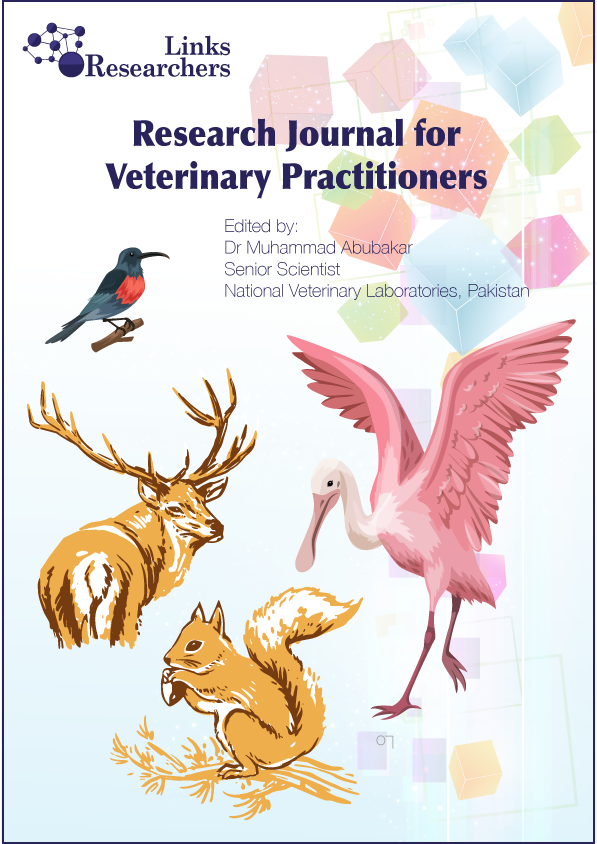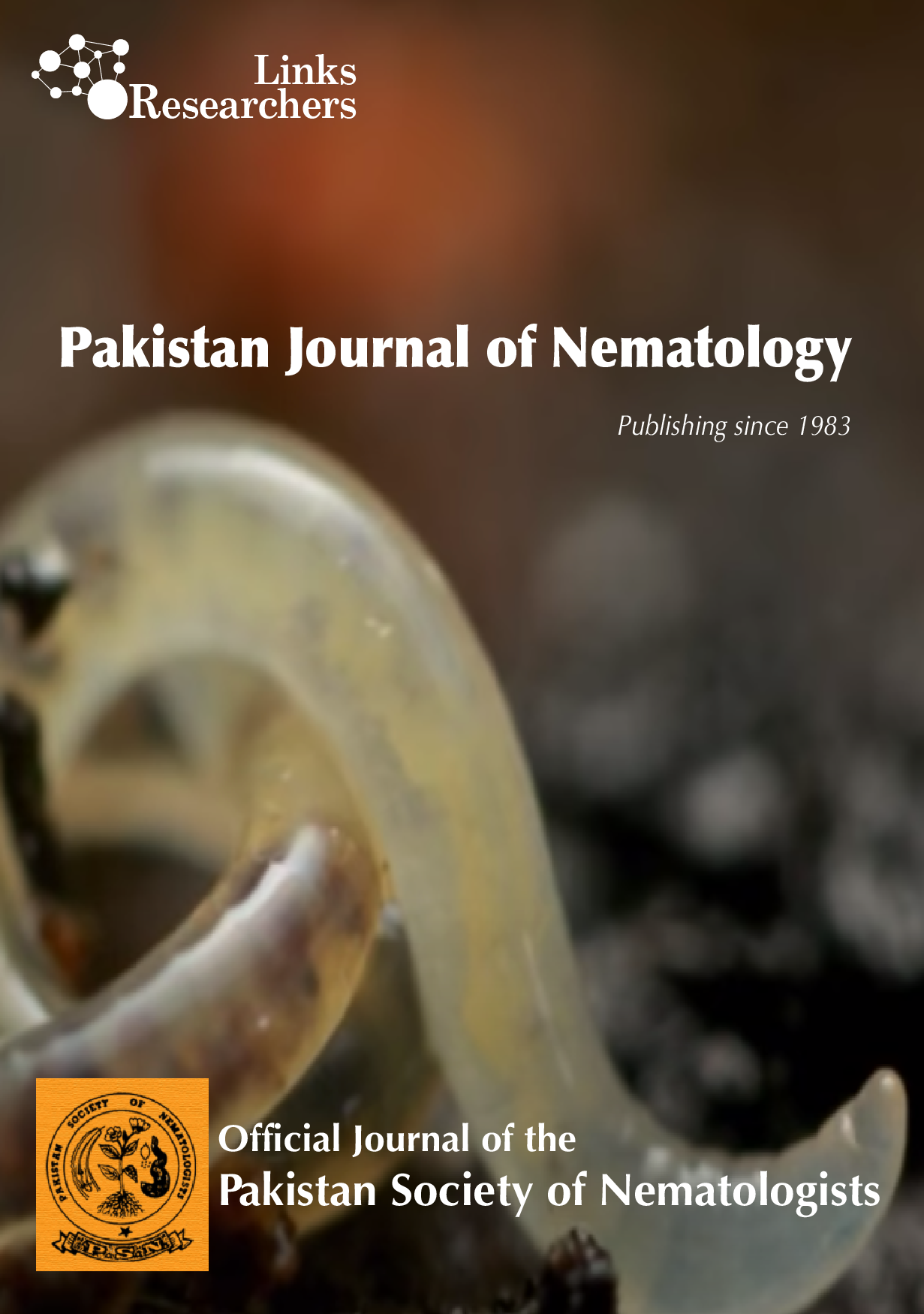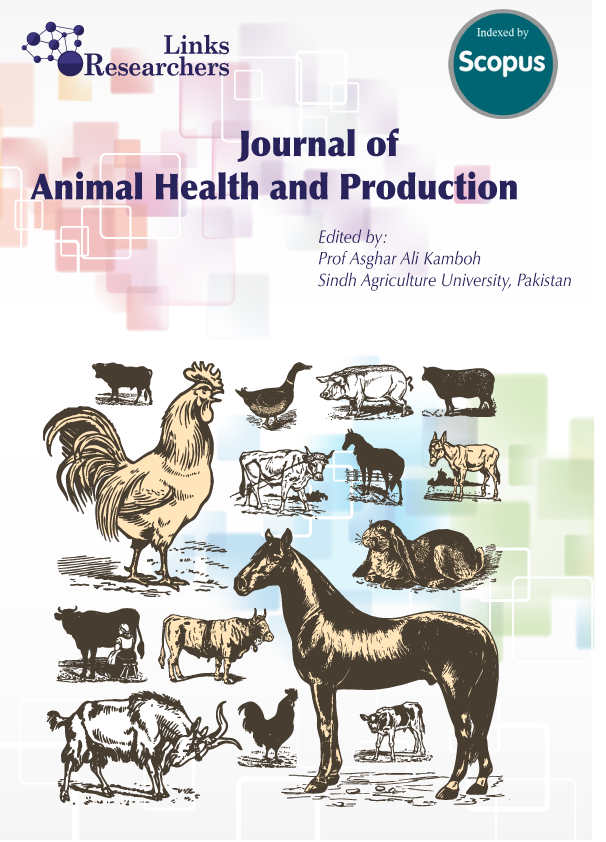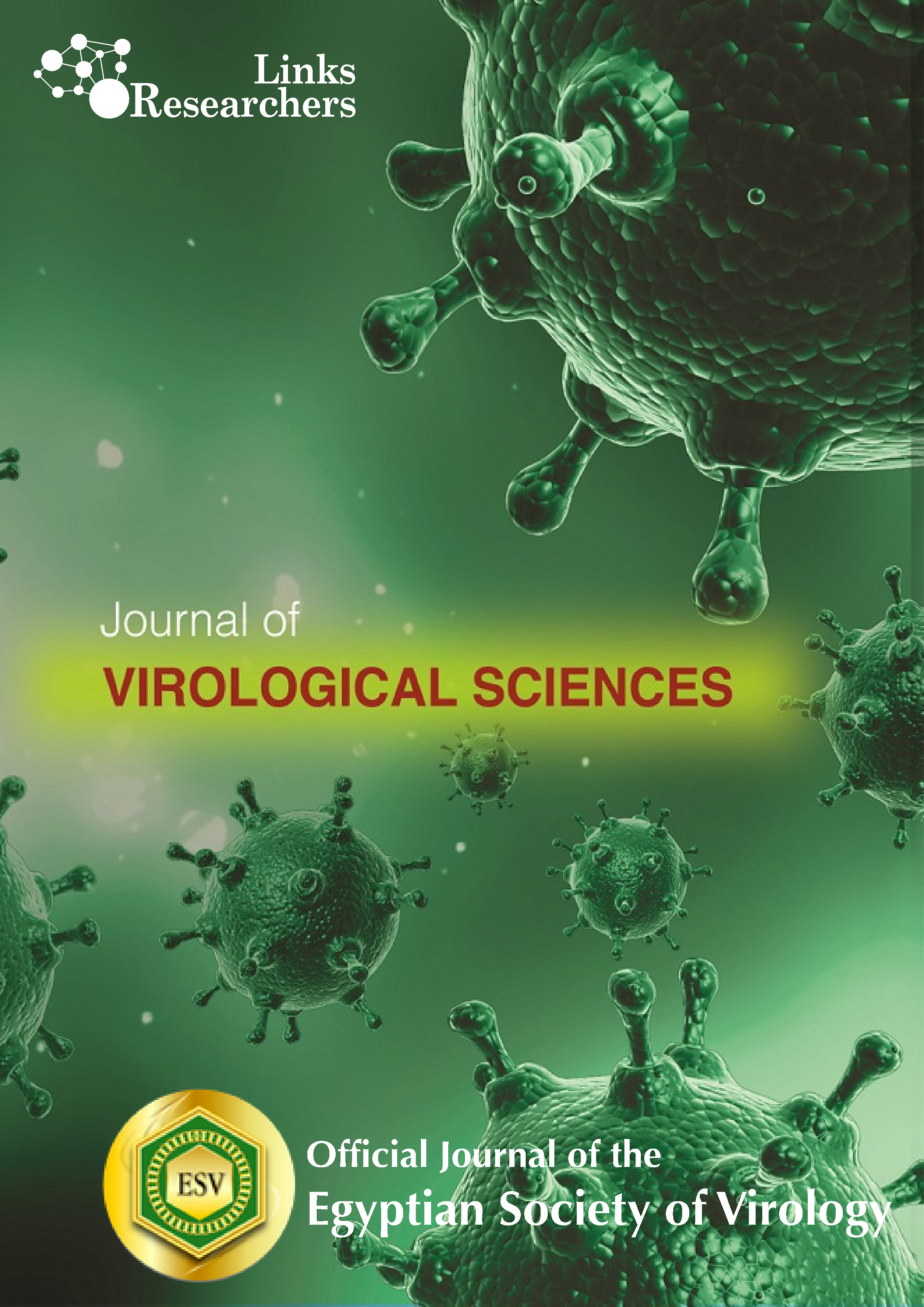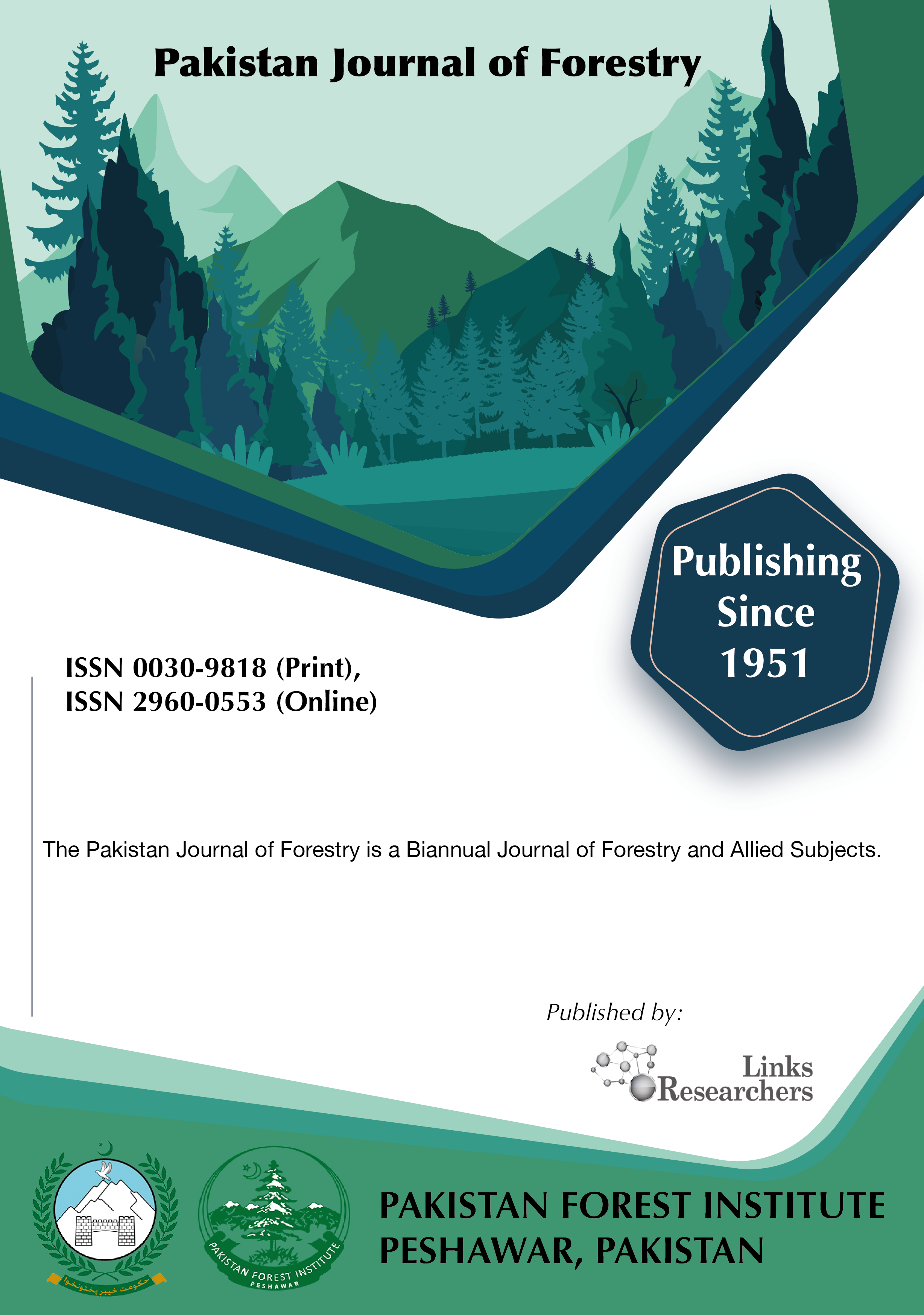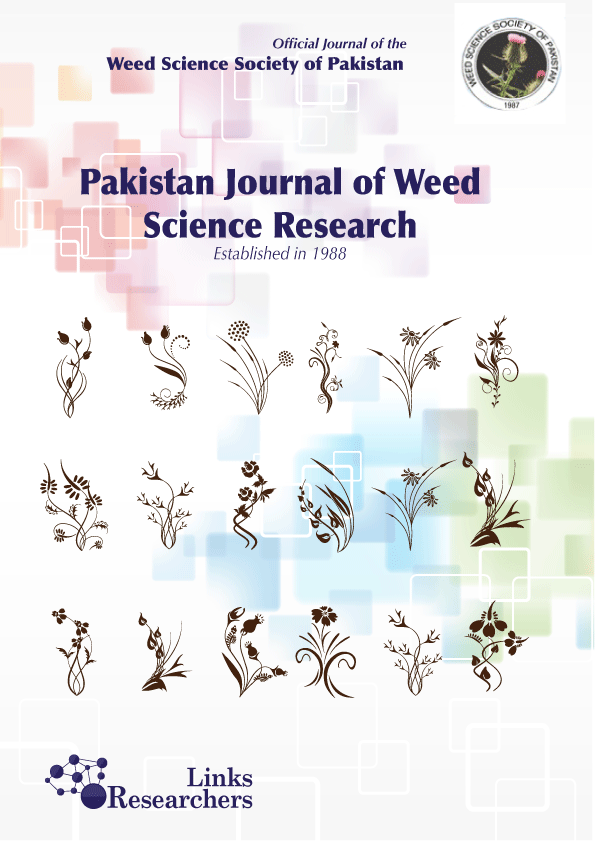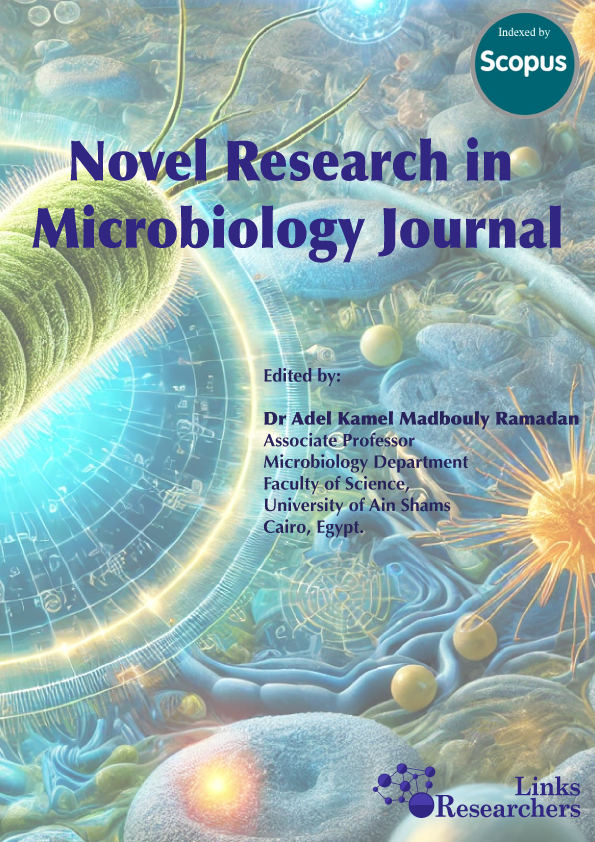Inamullah Khan, Muhammad Subhan Qureshi, Rajwali Khan, Syed Muhammad Sohail, Ijaz Ahmad, Muhammad Shoaib and Asim Ijaz
Jannatul Noor, Md. Ahaduzzaman, Mir Md. Afzal Hossain, Mohammad Alamgir Hossain, Sardar Abdur Rahim and Md. Samun Sarker
Ghani Akbar, Muhammad Munir Ahmad, Muhammad Asif, Iqbal Hassan, Qurban Hussain3 and Greg Hamilton
B. Ramanujam, R. D. Prasad, S. Sriram and R. Rangeswaran
Dhananjoy Mandal 2K. Baral 3M. K. Dasgupta
Irfan1* , Arshad Javid2 , Muhammad Altaf3 , Muhammad Shahbaz3 , and Khalid Javed Iqbal4
Noreen Rasul1*, Madeeha Rashid2, Aqeela Abbas1 and Rubina Sohail3
Samiullah*, Mohammad Aslam Khan and Atta-ur-Rahman
Ansaar Ahmed1, Imtiaz Hussain2*, Ibni Amin Khalil3, Subhanulla3, Gulzar Ahmed3, Imtiaz Ahmad3 and Muhammad Imtiaz2
Mudassar Javed, Muhammad Zeeshan Majeed*, Muhammad Luqman and Muhammad Afzal
Muhammad Amin1, Aftab Ahmad Khan2, Abida Perveen1, Zareen Rauf1, Sher Shah Hassan2*, Muhammad Arif Goheer2 and Muhammad Ijaz2
Fady Samir1, Rania F. El Naggar2, Mohamed M. Hamoud3, Manal M. Zaki1, Abdulrhman M. Gamal1, Samah E. Laban1, Shaimaa A. E. Nasr1, El Shaimaa Ismael1, Osama K. Zahran1*
Muhammad Rehan1, Asim Aslam1, Muti-ur-Rehman Khan1, Muhammad Abid2, Shakeel Hussain3, Javeria Umber4, Ahsan Anjum1 and Altaf Hussain2*
Mustasim Famous*, Obaidul Islam, Shameema Khatun, Mohammed Mustafizur Rahman and Tania Ferdoushi
Arjumand Nizami1, Muhammad Zulfiqar2*, Jawad Ali1, Naushad Khan2 and Imran Sheikh3
Muhammad Usman Saleem, Nadeem Iqbal, Shawaiz Iqbal*, Usama Bin Khalid, Adila Iram, Muhammad Akhter, Tahir Latif and Tahir Hussain Awan
Muhammad Raheel Faiz1, Ijaz Ashraf1, Haq Nawaz2, Muhammad Zubair3*, Muhammad Sajid Mahmood4, Sajid Hussain5 and Abdul Qadeer2
Imtiaz Hussain1, Azhar Mahmood Aulakh2, Muhammad Sohail1*, Khalid Hussain2, Ansaar Ahmed3, Abdul Hamid3 and Muhammad Imtiaz3
Asim Faraz1*, Abdul Waheed1, Ayman Balla Mustafa2, Nasir Ali Tauqir3, Riaz Hussain Mirza1, Hafiz Muhammad Ishaq1, Rana Muhammad Bilal4 and Muhammad Shahid Nabeel5
Faheem Aslam1,*, Aneel Salman2, Inayatullah Jan3 and Sarah Siddiq Aneel4
...
Shapon Kumar Bashak1, Alok Kumar Paul1, Md. Akhtar Hossain1, Usman Atique2,3*, Sonia Iqbal3, Md. Najim Uddin1, Asrafi Mohammad Farhaduzzaman4, Md. Mojibar Rahman5, Md. Shahanul Islam6
Chala Hailu Hussen and Fikiru Temesgen Geleta
Hina Fatima1*, Bushra Yasmin2 and Lal Khan Almas3
Hongqun Li1,*, Liganag Xing1, Xiaoli Liu2, Yonglan Pu3, Yuqing Yang3 and Yongyao Fu1
Yin-Hua Wang1,2, Yi-Bing Zhu1, Li Jiang1, Bin Du3 and Xiu-Ming Xi1*
Esraa Yosry Abdel Halim1, Hamdy El-Essawy1, Abeer Abdel Nasser Awad1, Mona S. El-Kutry2, Lamiaa Ibrahim Ahmed1*
Naila Shahzadi1, Hafiz Muhammad Tahir1*, Shaukat Ali1, Muhammad Farooq Bhatti2, Azizullah1, Shafaat Yar Khan3, Abdul Khaliq4
Mohammad Mahmudi1,2*, Muhammad Musa1,2, Sulastri Arsad1,2, Evellin Dewi Lusiana1,2, Alamanda Bunga1, Nur Azlina Wati1
Hosny Kesba1, Ashraf Suloma2, Samy Sayed3*, Abdullah Abdel-Rahman1 and Shaimaa Diab1
Asim Faraz1, Muhammad Yaqoob2, Nasir Ali Tauqir3, Hafiz Muhammad Ishaq1, Ayman Balla Mustafa4, Amir Ismail5, Muhammad Arslan Akbar6, Abdul Waheed1* and Muhammad Shahid Nabeel7
Ahmed A. Mohammed1, Madeha H. A. Darwish1, Eman A.A. Negm2, Ayman S. Abdel- Maguid3
Fatin Khalil*, Harinath Yapati, Zainab Al Blallam, Ronia Jose
Andi Tenri Bau Astuti Mahmud1, Lellah Rahim2, Muhammad Ihsan Andi Dagong2*, Sri Rachma Aprilita Bugiwati2, Wempie Pakiding2
W.M.A. El-Nagdi and M.M.A. Youssef†
Saima Mumtaz1,3*, M. Imran Kasana1, Riaz Alam1, Noorullah Khan1, Muhammad Noman1, Sanjeela Sabahat1 and Hussain Shah2
Shakeel Ahmed Tunio1, Muhammad Naeem1*, Atique Ahmed Behan1, Asmatullah Kaka2
Imdad Hussain Soomro1, Gulfam Ali Mughal1, Naeem Rajput1, Rameez Raja Kaleri2,6*, Deepesh Kumar Bhuptani3, Raza Ali Mangi4, Ghulam Mustafa Solangi5, Sheva Dhari6, Abdul Wahid Solangi6 and Zoya Parveen Soomro6
Safaa Rhaimi1, Sara Brikat2, Mouloud Lamtai2*, Mohammed Ouhssine1
Meng Wang, Dongliang Zhou, Huixia Li, Chunqin Wu,Yan Zhao and Houqiang Luo*
Muhammad Hasnain1, Qudsia Nazir2, Ifra Saleem2*, Syed Shahid Hussain Shah1, Muhammad Asif Ali1 and Noor ul Ain3
Javeria Khourshid*, Ghulam Abbas, Shahnaz Rashid, Asma Fatima* and Abdul Malik
Luh Gde Sri Surya Heryani1*, Ni Luh Eka Setiasih1, Ni Nyoman Werdi Susari1, I Made Merdana1, I Gusti Ngurah Bagus Tri Laksana2, I Wayan Nico Fajar Gunawan2
Abiyu Tadele 1,2*, Gebreyohannes Berhane2, Wondmeneh Esatu3
Yuliaty*, Brigida A. Correia, LigiaT. Correia, Joao Americo, Mateus Da Cruz De Carvalho, Joana da C. Freitas
Feng-Yan Liu1,2,3, Ting Chen1,2,3, Yu-Hui Li1,2,3, Zheng Liu1,2,3, Jing-Jin Zheng1,2,3, You-Bang Li1,2,3* and Zhong-hao Huang1,2,3*
Tevina Edwin, Arfa’i*, Olivio Dickresna
Mukkram Ali Tahir1, Noor-us-Sabah1*, Muhammad Waryam Warraich1, Ghulam Sarwar1, Muhammad Aftab2, Fakhar Mujeeb3, Muhammad Zeeshan Maznoor1, Aneela Riaz4 and Sarfraz Hussain2
Muhammad Farooq Bhatti1, Hafiz Muhammad Tahir1*, Aamir Ali1, Hooria Ashraf Khan1, Rabia Fajar Ali2, Ayesha Muzamil1, Fariha Munir3, Fatima Ijaz1, Rizwan Khurshid3
Roheela Yasmeen1,3* , Faheem Hafeez1 , Umme Ammara1 , Rubab Younas1 , Sibtain Ahmad2 , Zulfiqar Ali3, Zaheer Ahmad Nasir4
Divanildo Outor-Monteiro1,2,3*, José António Silva2,3,4, José Luís Mourão1,2,3, Victor Pinheiro1,2,3
Zurmiati1*, Ade Trisna2, Ridho Kurniawan Rusli1, Yelsi Listiana Dewi3, Ulvi Fitri Handayani4, Wizna1
Ahokpossi AGAC1,2*, Salifou CFA2, Youssao Abdou Karim I2, Ameyapoh Y3
Ruth Dameria Haloho1*, Jisril Palayukan1, Agus Setiadi2, Edy Rianto2, Nadlirotun Luthfi3
Igor Ponjiger1, Milutin Kovacevic1*, Vladimir Markovic1, Zoran Ristic1 and Vukan Lavadinovic2
Large areas of NWFP potential wealth of mulberry...
Sericulture was introduced in Taxila locality of Punjab immediately after independence in 1947. Subsequently, it was introduced in and around the irrigated ...
Ahmad Shandookh Hameed1, Ali Abd Kadhum2 and Murtada Wafi Beden1*
Gautam Kumar Deb1*, Md Faizul Hossain Miraz1, SM Jahangir Hossain1, Shahrina Akter1, Md. Ahsanul Kabir1, Md Ruhul Amin2, Md Panir Choudhury1, Nure Hasni Desha1
Md. Asaduzzaman Lovelu1, Md. Amir Hossain2*, Md. Uzzal Hossain1, Tanzila Zafrin Tanvi1, Mahfuza Ferdous3, Nazmin Sultana Runa4, Assrafi Siddika3, Md. Sahidul Islam2
Paulus Klau Tahuk*, Gerson Frans Bira, Wolfhardus Vinansius Feka
Fitrini1*, Masyhuri2, Dwidjono Hadi Darwanto2, Tri Anggraeni Kusumastuti3
Manel Ben Larbi1*, Ameni Askri1, Mariem Saidani1, Naceur M’Hamdi2, Ibrahim El Akram Znaïdi3, Nadia Ben Braiek4 and Hajer M’Hamdi5
Wan Nurfarzana Wan Mohamad Zani1, Norrizah Jaafar Sidik1*, Asmah Awal2, Nurul Izzati Osman3, Lyena Watty Zuraine Ahmad1 and Mohd Khairi Nordin4
Lahbib Cheikhi, Hafidha Boucherit* and Abdelkrim Benaradj
Hakeem Jawad Kadhim1, Abbas Kamil Shlaga1*, Safaa Hussein Ali2
Muhammad Abdul Basit1, Lionel Kinkpe1,3*, Abdur Rahman1, Boko Michel Orounladji2, Hafiz Qadeer Ahmed3, Muhammad Subbayyal Akram4, Elodie Dimon5, Gadah Albasher6, Syed Muhammad Suhail1
Yousaf Jamal1, Muhammad Zubair Anjum1*, Zahir Muhammad1, Saira Amin1, Muhammad Irfan1 and Muhammad Qayash Khan2
Eluzia A. Barus1*, Novi Mayasari2, Indrawati Y. Asmara3
Kazi Abdus Sobur1*, Shabuj Kumar Pal2, Md. Abdur Rahim3 and Palash Bose1
Bassma H. Elwakil1; Safaa M. Ali2*; Soad F. Hafez3; Adnan A. Bekhit4; Moustafa Y. El-Naggar5; Zakia A. Olama5
Ena Gupta1; Neha Mishra2; Pragya Mishra3; Priyanka Singh3*; Uroosa Noor1; Shashi Soni1
Linda Herlina*, Anita Fitriani, Marina Sulistyati, Khansa Nurul Salsabilah, Achmad Firman
Denny Rusmana1*, Diding Latipudin1, Deni Saefulhajar1, Ronnie Permana1, Najmah Ali2, Eli Sahara3

